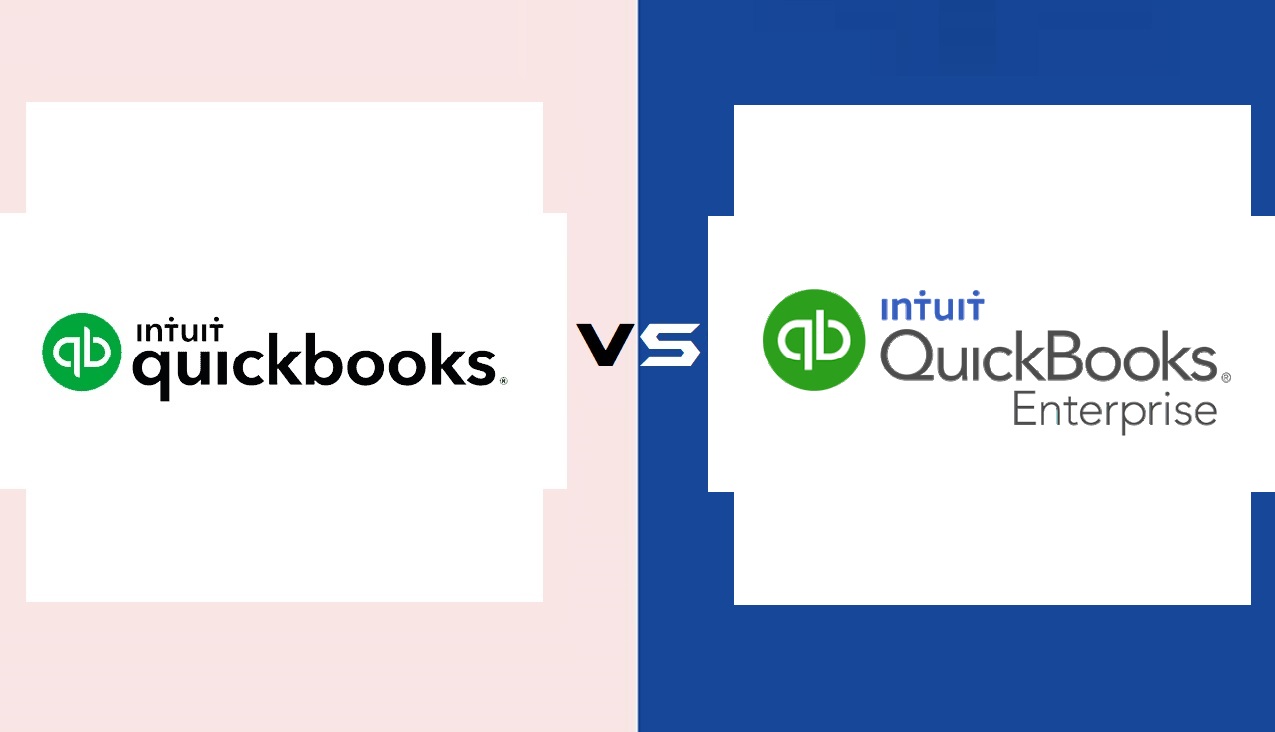A Multi-Member Limited Liability Company (LLC) is a type of business structure that is owned by two or more members. Each member has a certain percentage of ownership in the company, which is generally proportional to their financial contributions. The LLC is governed by an operating agreement that outlines the rules and procedures for the business. In this guide, we will discuss the advantages and disadvantages of multi-member LLCs, how to form one, and how they are taxed.

Advantages of Multi-Member LLCs
- Limited Liability Protection: One of the main advantages of forming an LLC is the limited liability protection it provides to its members. This means that the personal assets of the members are protected from any business debts or legal actions.
- Pass-Through Taxation: LLCs are taxed as pass-through entities, meaning that the profits and losses of the business are passed through to the individual members and reported on their personal tax returns. This can provide tax advantages over other types of entities that are taxed as corporations.
- Flexibility in Management: Multi-member LLCs have more flexibility in management than corporations, which have a more rigid structure. Members can participate in the management of the company or hire outside managers to run the business.
- Ease of Formation: LLCs are relatively easy to form and do not require the same formalities as corporations, such as holding regular shareholder meetings or electing a board of directors.
- Ownership and Profit Sharing: Multi-member LLCs provide a flexible ownership structure, allowing members to have different percentages of ownership and profit sharing based on their contributions to the business.
Disadvantages of Multi-Member LLCs
- Complexity in Decision-Making: Multi-member LLCs can become complex in decision-making as there are multiple owners with potentially conflicting interests. This can lead to disagreements and difficulty in making decisions that benefit the company as a whole.
- Management Issues: If the members are also involved in the management of the business, there can be issues with decision-making and leadership. There may also be disagreements about the role of each member in the company.
- Additional Legal Requirements: Some states require multi-member LLCs to file annual reports and pay additional fees. Additionally, an operating agreement is required to govern the LLC, which can be complex to draft and negotiate.
- Potential for Disputes: In some cases, there may be disputes between members over ownership percentages, profit sharing, or management decisions. This can lead to legal battles and damage the relationships between members.
How to Form a Multi-Member LLC
- Choose a Name: The first step in forming a multi-member LLC is to choose a name for the company. The name must be unique and not already in use by another business in the state.
- File Articles of Organization: The next step is to file articles of organization with the state in which the LLC will be registered. The articles of organization provide basic information about the LLC, such as its name, address, and purpose.
- Create an Operating Agreement: The operating agreement is a legal document that outlines the rules and procedures for the business, including ownership percentages, profit sharing, and decision-making procedures.
- Obtain Necessary Permits and Licenses: Depending on the nature of the business, there may be additional permits and licenses required to operate legally. Check with state and local authorities to ensure that all necessary permits and licenses are obtained.
- Obtain an Employer Identification Number (EIN): An EIN is required for tax purposes and can be obtained from the IRS website.
- Open a Business Bank Account: To keep business and personal finances separate, it is important to open a separate bank account for the LLC.
Taxation of Multi-Member LLCs
Multi-member LLCs are taxed as pass-through entities, meaning that the profits and losses of the business are passed through to the individual members and reported on their personal tax returns. Each member’s share of the profits or losses is determined by their ownership percentage in the LLC.
The LLC itself does not pay federal income taxes. Instead, each member reports their share of the profits or losses on their personal tax return using Schedule E. This means that the LLC’s income is taxed only once, at the individual member level.
In some cases, a multi-member LLC may elect to be taxed as a corporation. This may be advantageous in certain circumstances, such as when the business has a high level of profits or the members want to limit their personal liability. However, this election must be made with the IRS and requires additional paperwork and compliance with corporate tax laws.
In addition to federal taxes, multi-member LLCs may be subject to state and local taxes, such as sales tax or payroll taxes. It is important to consult with a tax professional to ensure that all tax obligations are met.
Also Read : Step by Step : How to Fill Out Form 1040EZ?.
Conclusion
A multi-member LLC can be an attractive option for small businesses with multiple owners. It offers limited liability protection and pass-through taxation, while providing flexibility in management and ownership. However, it is important to carefully consider the potential disadvantages, such as decision-making complexity and management issues.
When forming a multi-member LLC, it is important to follow the proper procedures for registration and obtain all necessary permits and licenses. A well-drafted operating agreement can help to minimize disputes between members and ensure that the business runs smoothly. Finally, it is important to understand the tax obligations of a multi-member LLC and to consult with a tax professional to ensure compliance with all tax laws.




